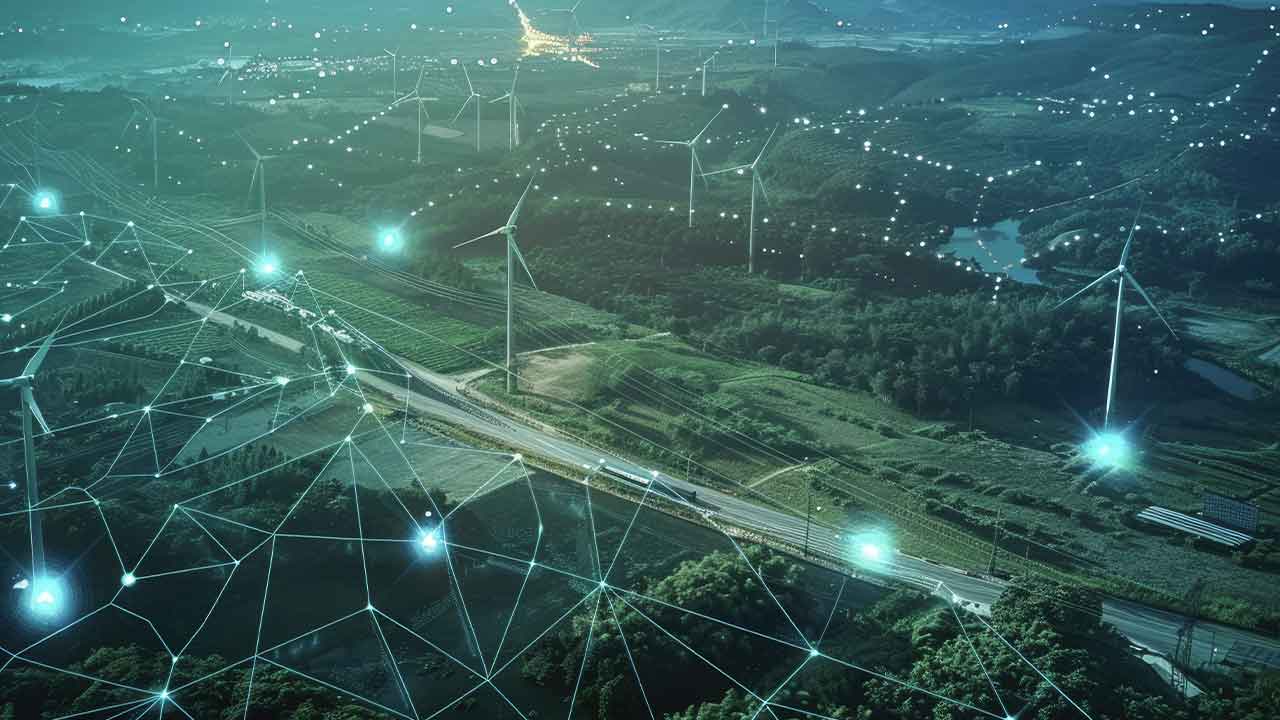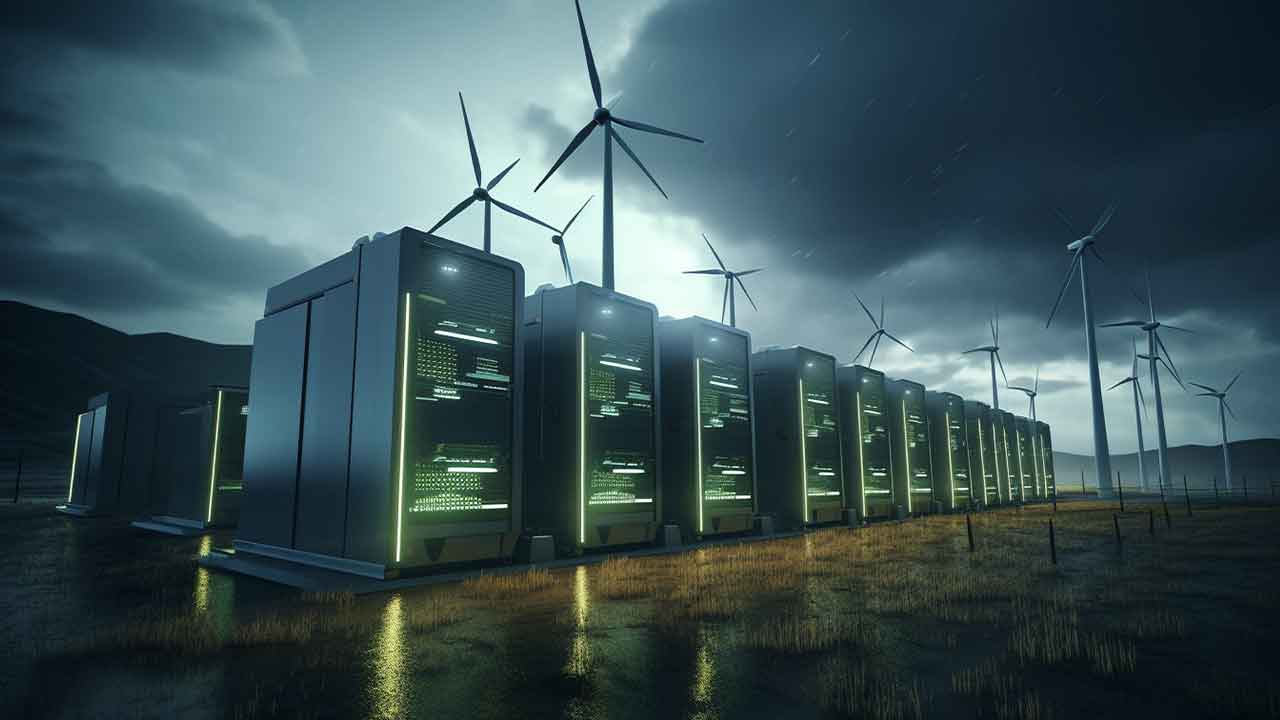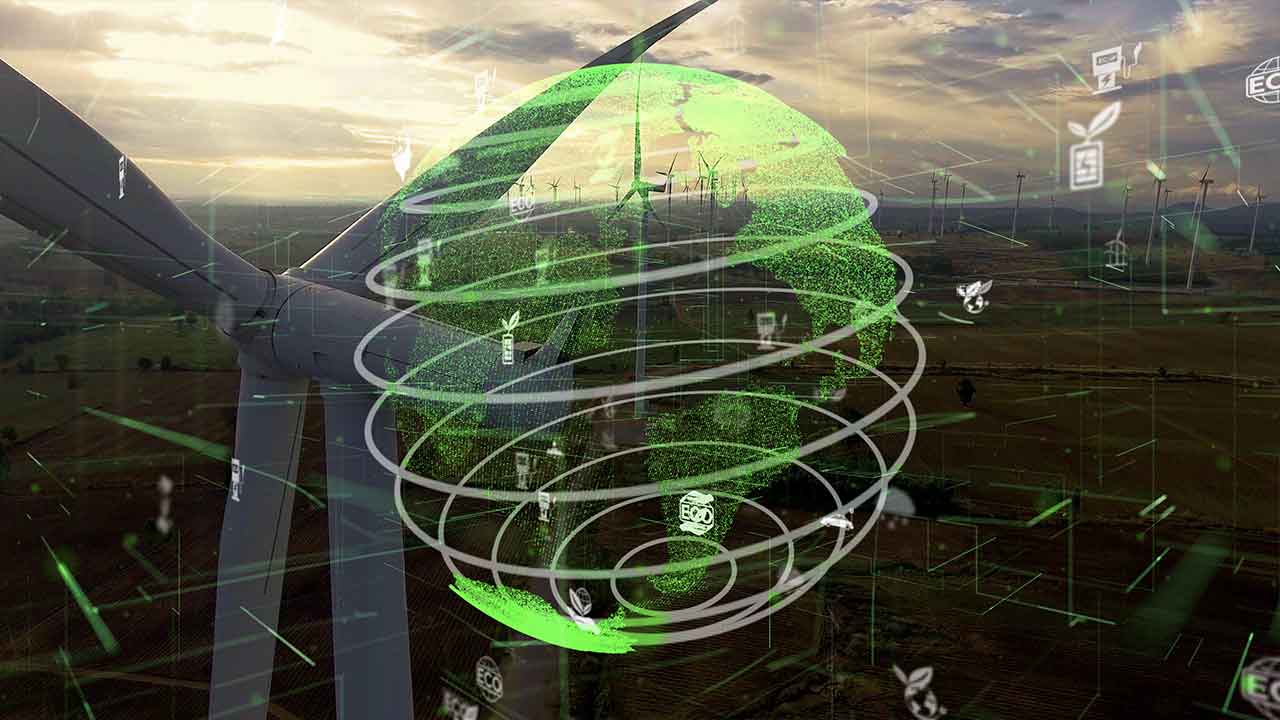Transforming Grid Edge Communication: The Future of Intelligent Energy Systems
The energy landscape is undergoing a significant transformation, driven by the need for more sustainable, reliable, and affordable energy solutions. As we move towards a decentralized and digitized energy system, the role of grid-edge communication becomes increasingly critical. This article explores the challenges and opportunities in transforming grid-edge communication to support the evolving needs of modern energy infrastructure.
The Dilemma of Intelligent Solar Injection and Storage
In many regions, buildings equipped with solar installations supply power to the grid without considering immediate local consumption requirements. Additionally, some buildings have ‘dumb’ batteries that continue charging even when prioritizing energy delivery to the grid would be more beneficial. Grid operators currently lack direct control or incentives to encourage grid-friendly behavior, leading to inefficiencies and increased reliance on backup power plants. Addressing this challenge requires a complex regulatory and technological framework, but one clear solution could be implementing a connectivity option that aligns both the grid operators’ objectives and the asset owners’ interests.
The Importance of Reliable Data Connectivity
Utilities are forced to manage the complexity of connectivity and data acquisition at the grid edge while balancing both short and long-term demands. This leads to a target architecture that includes the capability to gain reliable data from Distributed Energy Resources (DER) applicable appliances for energy transactions. High-quality and dependable data are essential for utilities to ensure a stable and reliable energy supply, which can constantly adapt to fluctuating needs.
Challenges in Current Communication Technologies
Data connectivity through domestic Wi-Fi or vendor-managed cellular channels is not dependable, and the data acquired must be under the direct secure handling and governance of the utility. The utility sector has gained extensive experience in rolling out communication technologies at the grid edge, especially through large-scale smart metering initiatives. Numerous reports show how critical a well-informed decision can be, emphasizing the long-term impact on operations and the value of examining results to guide future requirements.
The Emergence of NR+ as a Promising Standard
NR+ represents the convergence of decades of RF Mesh advancements in shared spectrum with over 40 years of continuous governance principles applied in the DECT band. This spectrum regulation enforces core requirements, including coexistence, business continuity, and reliability at scale, ensuring a robust foundation for future connectivity. NR+ combines ultra-reliability and scalability, with secure, interference-free operation in a dedicated, license-exempt radio frequency spectrum.
The Role of Smart Metering in Modern Energy Management
Smart metering has played an essential role in national smart grid systems and the transition towards sustainable energy solutions. It now serves as the foundation for advancing grid-edge contributions toward a more decentralized, resilient, and carbon-neutral energy system. The evolution of smart metering from a simple meter-to-cash tool to a platform for flexibility enablement and settlement unlocks significant potential for modern energy management.
The Future of Grid Edge Communication
The energy transition relies on robust connectivity that aligns with the industry’s long-term energy objectives, sustainability, reliability, and affordability while ensuring utilities maintain governance over communication networks. As Advanced Metering Infrastructure (AMI) continues to evolve, the transition from centralized generation to decentralized, flexible, and data-driven energy systems requires resilient, future-proof solutions. NR+ sets a new benchmark for utility-owned, scalable, and future-ready communication networks, ensuring that the grid edge remains adaptive, intelligent, and capable of meeting evolving challenges without fear of technology obsolescence.
Conclusion
By embracing advanced connectivity standards like NR+, utilities are not just investing in better smart metering infrastructure; they are laying the foundation for an intelligent energy ecosystem that can accommodate the growing needs of electrification, demand-side flexibility, and renewable integration. This transformation will make the transition to a sustainable energy future both reliable and affordable.
About the author
 Alan Sillito (Regional Head North America) is a seasoned IoT and wireless connectivity expert, currently serving at Wirepas, a company renowned for its innovative mesh networking solutions. With a career spanning over two decades, Alan has held pivotal roles in leading technology firms, including NXP Semiconductors and ST-Ericsson, where he focused on strategic account management and marketing.
Alan Sillito (Regional Head North America) is a seasoned IoT and wireless connectivity expert, currently serving at Wirepas, a company renowned for its innovative mesh networking solutions. With a career spanning over two decades, Alan has held pivotal roles in leading technology firms, including NXP Semiconductors and ST-Ericsson, where he focused on strategic account management and marketing.
Related articles:



